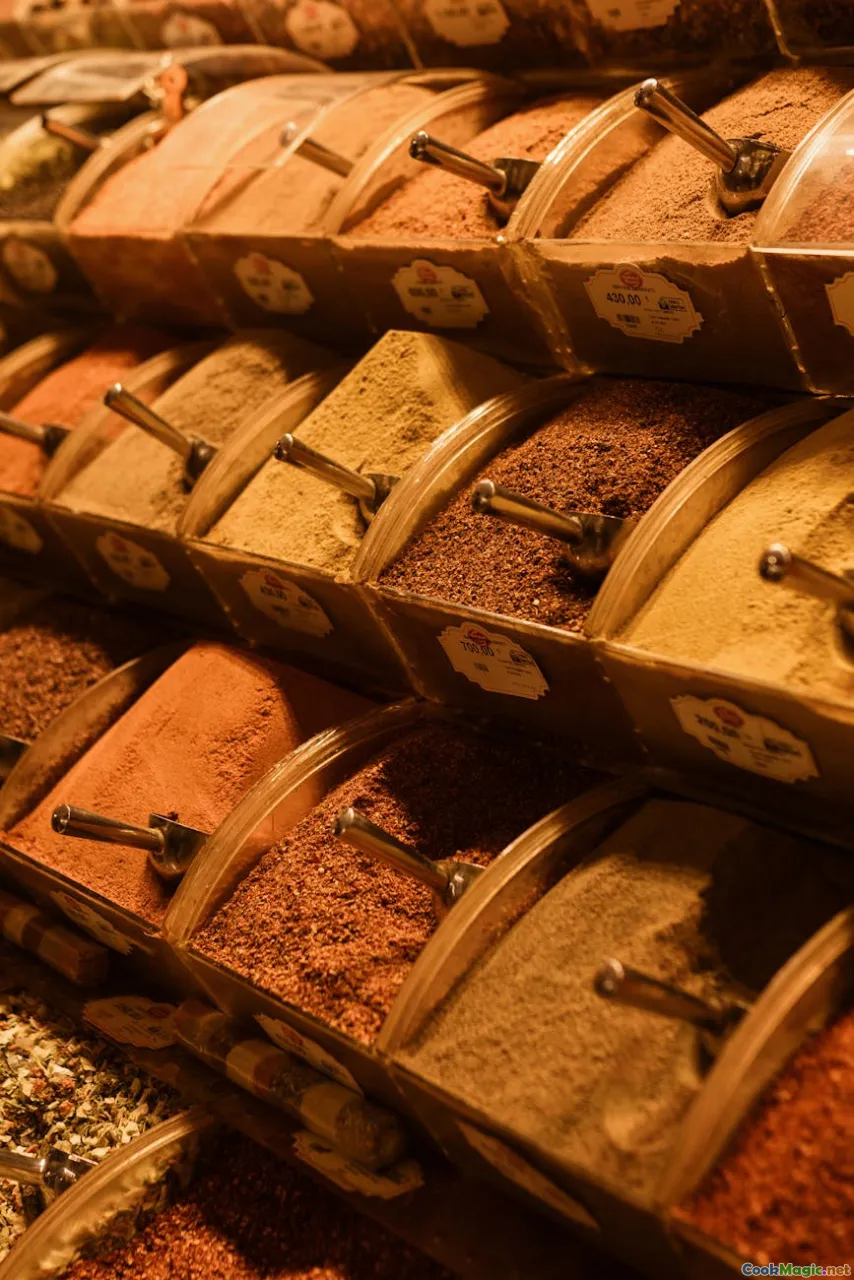Exploring Saint Lucian Flavors
8 min read Discover the vibrant, soulful flavors of Saint Lucia through its rich culinary traditions, unique ingredients, and the stories behind its beloved dishes. April 20, 2025 15:55
Exploring Saint Lucian Flavors
Imagine a place where the lush green mountains meet the turquoise Caribbean Sea, where the air is infused with the aroma of spices, fresh seafood, and ripe tropical fruits. Welcome to Saint Lucia, an island paradise whose culinary landscape is as captivating as its breathtaking scenery. Here, food is more than sustenance—it's a vibrant expression of history, culture, and community. Join me on a sensory journey through the flavors of Saint Lucia, uncovering its hidden gems, traditional recipes, and the stories that make its cuisine uniquely captivating.
The Cultural Tapestry Behind Saint Lucian Cuisine
Saint Lucia's culinary identity is a rich tapestry woven from its diverse history. Originally inhabited by the Caribs and Arawaks, the island's food culture was profoundly shaped by French and British colonization, as well as African influences brought by enslaved peoples. This melting pot of cultures has left an indelible mark, creating a cuisine that is both diverse and deeply rooted in tradition.
The island's culinary story also reflects its social fabric—families passing down recipes through generations, fishermen’s tales of the day's catch, and street vendors serving up hearty, flavorful dishes to locals and visitors alike. Food in Saint Lucia isn't just about taste; it's about community, identity, and storytelling.
The Heart of Saint Lucian Flavors: Key Ingredients
Fresh Seafood
Given its island geography, seafood is at the core of Saint Lucian cuisine. From succulent lobster and kingfish to conch and octopus, the ocean provides an abundance of ingredients. The seafood is often grilled, curried, or served in hearty stews, offering a burst of freshness and briny aroma.
Tropical Fruits
Mangoes, papayas, bananas, and breadfruit ripen in the island's warm climate, adding natural sweetness and texture to many dishes. The tangy, sweet flavor of passion fruit and guava is also a staple in refreshing drinks and desserts.
Spices and Herbs
Saint Lucian cuisine is characterized by bold spices—ginger, allspice, cinnamon, and nutmeg—used to elevate dishes with warmth and complexity. Fresh herbs like thyme and basil further enhance the aromatic profile.
Local Vegetables
Root vegetables such as yams, sweet potatoes, and taro are commonly used in soups and stews, providing hearty textures and earthy flavors.
Signature Dishes: A Culinary Showcase
Callaloo Soup
A beloved traditional dish, callaloo soup combines the leafy green vegetable (similar to spinach) with okra, breadfruit, and often salted fish or crab. The soup is simmered to perfection, resulting in a velvety, nourishing bowl that embodies the island’s farm-to-table ethos.
Green Fig and Saltfish
No breakfast on Saint Lucia is complete without this classic. Green figs (unripe bananas) are boiled and served alongside saltfish—salted cod that is soaked, flaked, and sautéed with onions, peppers, and tomatoes. The dish is a harmonious blend of salty, savory, and slightly sweet flavors.
Curried Lobster
A testament to Saint Lucia’s seafood bounty, this dish features fresh lobster cooked in a fragrant curry sauce laden with spices, coconut milk, and local herbs. Served with rice or bread, it’s a luxurious yet comforting meal.
Accra
These are crispy, golden fritters made from salted fish, flour, and herbs, deep-fried to perfection. They are often enjoyed as street food or snack, offering a savory crunch that delights the senses.
Traditional Cooking Techniques
Saint Lucian cuisine relies heavily on open-flame grilling, slow stewing, and seasoning with fresh herbs and spices. Cooking often takes place over wood fires, imparting a smoky aroma that elevates the flavor profile.
The use of coconut milk, which is extracted from mature coconuts, lends a creamy texture and tropical aroma to many stews and curries. Additionally, marinating seafood and meats with local spices is a common technique that enhances tenderness and depth of flavor.
The Social and Cultural Significance of Food
Food in Saint Lucia is more than nourishment; it’s a celebration of community and heritage. Festivals like the Saint Lucia Carnival and Jounen Kwéyòl (Creole Day) showcase traditional dishes, music, and dance, reinforcing a sense of identity.
Sharing a meal—whether at a family gathering or a street-side stall—is an act of connection. The vibrant street markets brim with colorful produce and freshly prepared snacks, inviting both locals and tourists to immerse themselves in authentic flavors.
Personal Insights and Experiences
During my visit to Saint Lucia, I was struck by how food acts as a narrative of the island’s history and environment. I vividly remember sitting on a beachside shack, savoring a plate of freshly grilled lobster with a zesty lime and spice rub, the ocean breeze mingling with the aroma.
One of my most memorable moments was participating in a local cooking class where I learned to make Callaloo Soup from a warm-hearted grandmother. She explained how each ingredient, from the bitter leaves to the salty fish, is chosen with care—each adding a layer of meaning and flavor.
The island’s culinary scene is also lively with street vendors offering Accra, fried plantains, and fresh coconut water, each bite telling a story of resilience and celebration.
Conclusion: A Feast for the Senses
Exploring Saint Lucian flavors is an immersive experience that goes beyond the plate. It’s about engaging with a culture that cherishes its roots, celebrates its bounty, and shares its stories through every dish. Whether you’re savoring the fiery spices of a curry, the delicate sweetness of tropical fruits, or the smoky aroma of grilled seafood, Saint Lucian cuisine invites you to taste the soul of the island.
So, next time you seek a culinary adventure, remember that Saint Lucia is not just a destination but a vibrant tapestry of flavors waiting to be discovered—each bite a celebration of life, history, and community.









